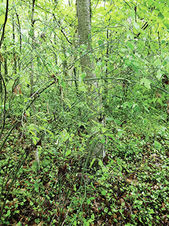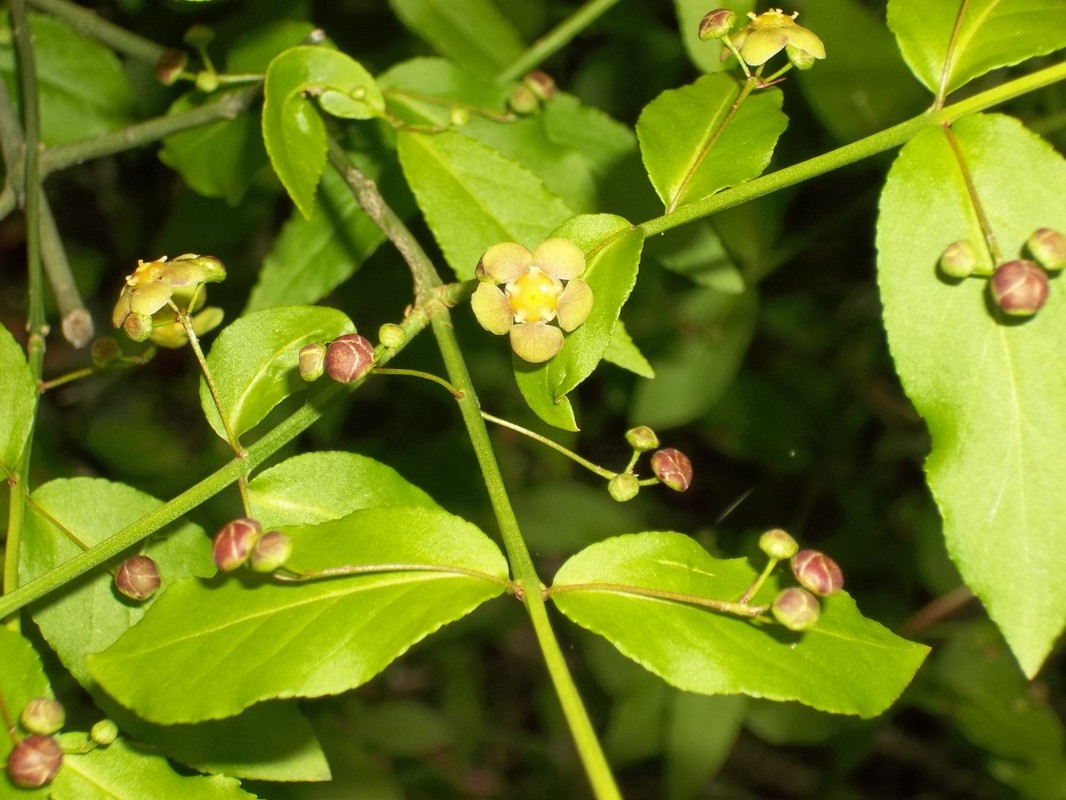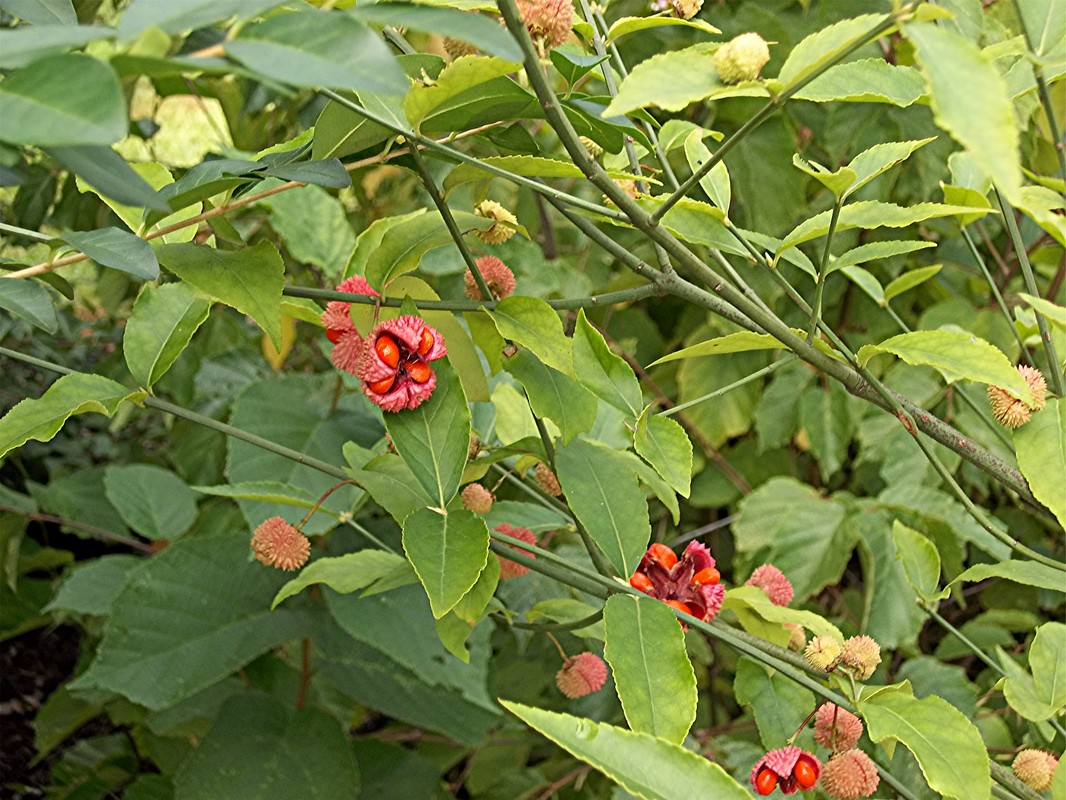 As you walk through Forest Hill Park over the next month, you might easily miss the subtle flowering of one of our native understory shrubs, Euonymus americanus. Common names for this plant include Hearts-a-burstin’ and Strawberry bush – names that will be explained shortly.
Comments are closed.
|
What's growing?This is where you can learn about the vast variety of plant and animal-life that makes Forest Hill Park its home. Archives
August 2017
Categories
All
|


 RSS Feed
RSS Feed